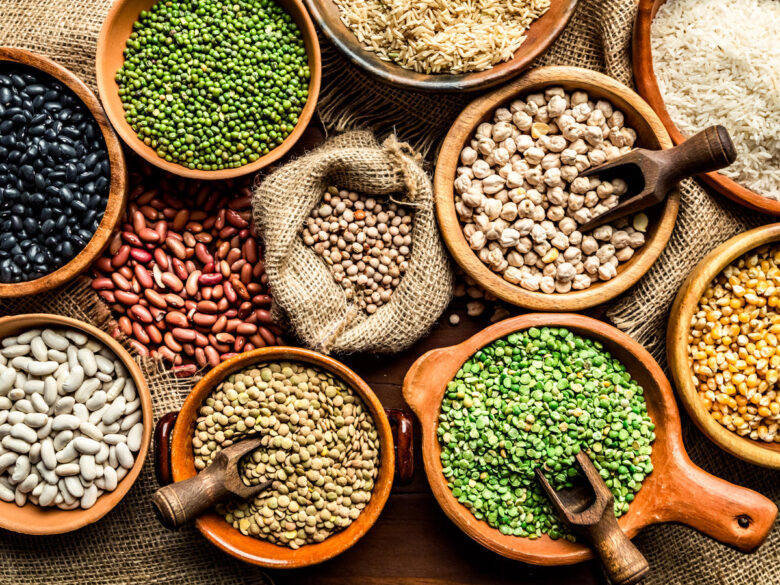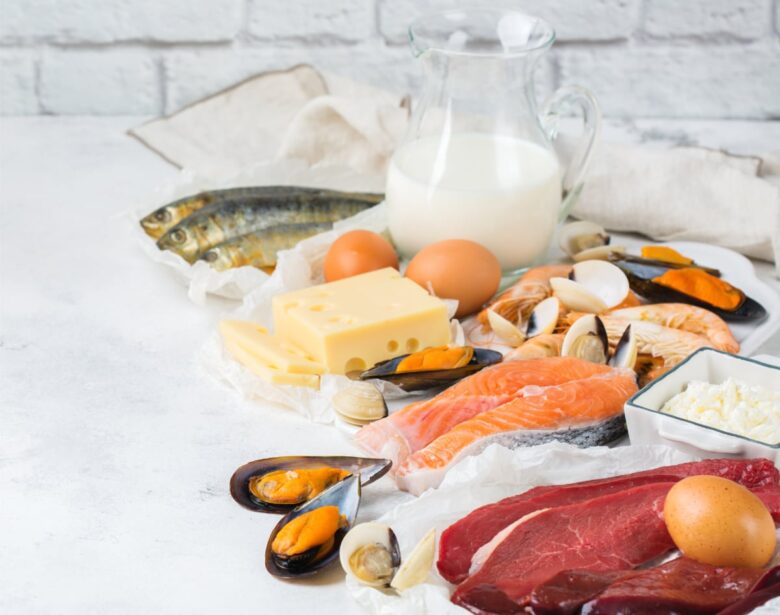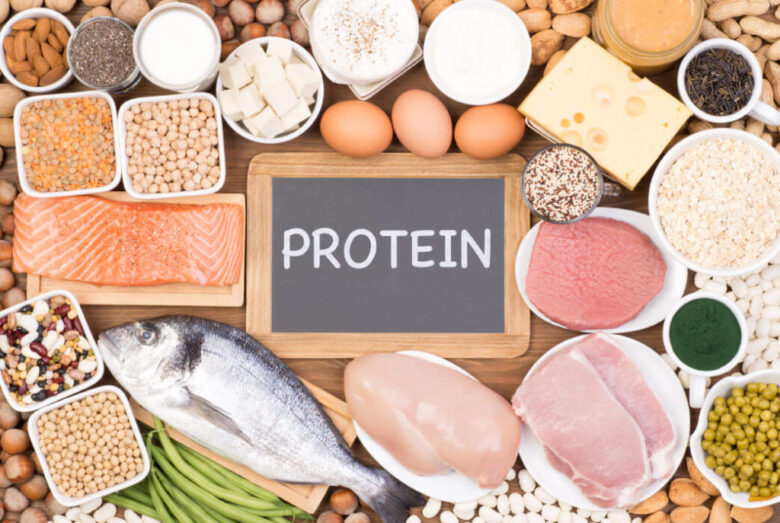If you’re like most people, you probably know that protein plays a key role in your nutritional health. Diets like Atkins and keto are all about massive protein intake while ushering carbs and sugar out the door. Whether you go all-in on protein or not, how much you consume daily is important.
Proteins are those nutritional components that build muscle mass for bodybuilders and long, lean muscles for everyone else. They also carry oxygen throughout the bloodstream, are vital for cell health and growth, and help fight infections.
If you aren’t a big meat eater or are vegetarian or vegan, you may lack necessary protein. You certainly aren’t alone. Many people struggle to consume a healthy amount of it in their dietary routine.
The good news is that there are some solutions to getting adequate protein in your diet. Here are four creative ways to up your daily protein intake.
1. Gobble Up Plant-Based Proteins

Dairy, eggs, fish, poultry, and lean pork and beef cuts are great sources of protein. But if you want to avoid them, don’t like them, or they don’t like you, try reducing your intake. Plant-based proteins have come a long way since Tofurky.
Smoothies and protein milks have become popular, healthy, and convenient sources of sustenance, although not always palate pleasing. However, according to Puris, non-GMO plant-based proteins like pea protein milk are the future of non-dairy protein beverages. This is especially true since they contribute to a great tasting and smooth drink.
Plant-based meats also have seen vast improvements in flavor and continue to get better. You need to watch for unhealthy fillers like sodium and sugar. But there are some phenomenal plant-based meats that pack the same amount of protein without the fats of regular meat.
If you’ve avoided plant-based proteins because of their taste, texture, or your allergies, don’t cross them off the list forever. Environmental issues, additive worries, and health concerns are driving advances in plant-based alternatives. That means protein is getting tastier and healthier all the time.
2. Defy the Dairy Dilemma

Many people who aren’t big consumers of meat, poultry, or fish, rely on dairy for protein in their diet. While it’s a convenient and hearty source of protein, calcium, and vitamin D, it also has its drawbacks. Pound for pound, dairy can be higher in fat and calories than other protein sources.
It’s probably a good idea to eschew that chunk of cheddar or blue cheese as a primary source of protein. But there are great sources of no-fat and low-fat dairy that still pack a protein, vitamin, and calcium punch. In fact, the lower the fat, the more grams of protein.
Take Fage zero fat, 2%, and whole milk Greek yogurt, for example. A 5.3 ounce serving of nonfat yogurt has 16 grams of protein, and the whole milk version has 14 grams. The same concept applies to a cold glass of skim milk versus whole milk.
If you’re vegan, don’t discount those plant-based products like pea protein milk. If you’re lactose intolerant, look to lactose-free dairy and plant-based options. You can have your dairy and eat it too, while still increasing your daily dose of protein.
3. Give Protein Precedence

In addition to the muscle-building, cell-creating, infection-fighting properties of protein, it also fills you up. Protein takes longer to digest, which keeps you feeling full for longer. That can do wonders when you’re trying to cut back on calories without suffering incessant hunger pangs.
To get the most out of the benefits of protein, start your day with it. According to the American Society for Nutrition, skipping breakfast isn’t a smart choice. In fact, doing so may lead to weight gain and feeling even hungrier throughout the rest of the day.
A substantial number of grams of healthy protein first thing will help you feel less food-desperate all day long. Moreover, you’ll get a great start on getting the grams you need. Spreading out your protein intake between three meals, instead of two, gives you more opportunity to increase your daily dose.
Heading into your day with protein will give you energy that lasts. And that may keep you from reaching for a bag of chips before or after lunch. Protein precedence may keep your growling stomach at bay.
4. Keep an Eye on What You Need

As with most nutritional needs, how much protein one person needs to consume is different from the next person. It’s important that you know how many grams you should have every day. It makes it infinitely easier to make sure you’re getting them.
Most dietary sources say that 10% to 35% of your daily caloric intake should be protein. More specifically, there are general recommendations about the number of grams a person needs based on age and gender. Participate in certain activities, such as bodybuilding or marathon running, and you’ll require more.
The best way to find out how much protein you need is to talk to your doctor or a nutritionist. Since your protein intake should be a percentage of caloric intake, there’s a slew of variables in the equation. But it’s the only way you’ll really know what your target is.
Once you have that daily protein goal, you can work to achieve it. It might give you the incentive to skip the cookies and opt for yogurt when you hit that mid-afternoon slump. Your perseverance will help you pack your day with the perfect amount of protein.
Protein Does a Body Good
Simply consuming protein on its own does not make a person healthy. You also need to incorporate nutrients from sources like fresh fruits, vegetables, and whole grains. But there is no doubt protein is a necessary dietary component. If you’re one of the many people who aren’t getting enough of it in your daily routine, crank it up. It’s easier than ever these days to get what you need, no matter your dietary needs, prohibitions, or choices.


